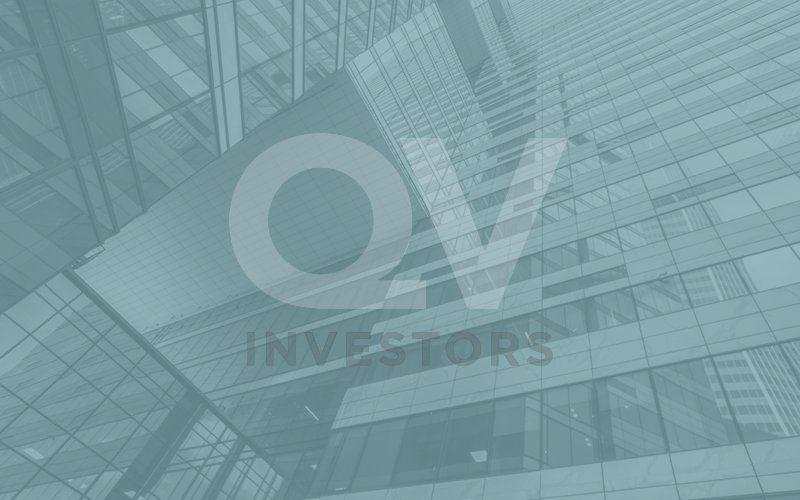In the context of the current bloodletting in commodity prices, the dry wit of the tautology above is eclipsed only by its veracity. Named after its economist Herbert Stein, Stein’s Law holds true with other asset prices as well. The S&P 500 has been on a phenomenal run, rising 209% from its trough in 2009 to 2014 year end. Looking to the next 12 months, many market pundits have bullishly estimated another year of strong returns for 2015. While we never underestimate our inability to forecast short term price movements, we are less optimistic about the S&P 500’s return prospects in consideration of its risk profile. If market pundits are correct, the S&P 500 will have risen for seven consecutive years. Going back to 1871 this is something that U.S. stocks have never done according to price data collected by Robert Shiller. That being said, while such price statistics are interesting and occasionally offer limited insights, they are generally a poor way to gauge the future.
Instead, risk and reward expectations should be based on a dissection of fundamentals. Currently S&P 500 valuations are among the highest levels seen in the last 10 years. According to data from JP Morgan, the current price to book, forward price to earnings (P/E) and price to cash flow ratios are an average of 20% above their 10 year means. Additionally, if we examine the dispersion of valuation levels to price returns within the S&P 500 during 2014 we see further reasons for concern. When we arrange constituents into four quartiles with the highest (most expensive) P/E stocks in the first quartile and the lowest (cheapest) P/E stocks in the 4th quartile, two observations emerge. First, quartiles with higher P/E’s performed successively better in 2014 than those with lower P/E’s by a significant margin.

This seems to imply that investors have bid up stocks with high growth expectations without much regard for valuation risk. Second, although the trailing P/E for the overall S&P 500 appears high but not excessive at its current level of 18.9x and a forward P/E of 16.5x, a more granular look at the market’s valuation indicates the degree of valuation risk. Outside of the bottom quartile’s 13.2x average P/E, the multiple of the average stock in the other three quartiles (75% of the market) looks quite unattractive. This demonstrates the challenges in finding quality businesses at reasonable prices in the current market.
While the above concerns indicate elevated hazards and lower future return expectations for the S&P 500, there remains a valid, although risky, explanation for why the market could continue to rise. Relative to many historic market peaks, the spread between the S&P 500’s earnings yield and the yield on other assets, most importantly government bonds, remains wider. If bond yields stay constant or continue falling, the relative return seeking world in which we live makes equities appear more attractive, implying prices could rise higher. Of course the further investors clamor for ever smaller incremental equity spreads, the larger risks they assume. At some point spreads will finally become too thin or even negative (if bond yields should rise quickly for example), and highly valued asset prices without the relative spread to support them will find little refuge from their absolute values.
When asked how he went bankrupt in The Sun Also Rises Hemingway’s character pithily responds, “Two ways. Gradually, then suddenly.” Poor decisions and complacency can avail investors for a long time in rising markets. Given time however, such small sins of omission and commission eventually aggregate in sudden loss. This week’s 12.6% two day fall in the Swiss stock market following the surprise removal of the Swiss currency cap is a palpable reminder of how suddenly asset prices can destabilize in reaction to an unanticipated external shock. Further appreciation in the S&P during 2015 will not only mark a precedent in historical price movements but a move further away from fair value. While this does not necessarily imply an impending market correction, it should provoke the expectation of higher volatility and a lower return profile going forward.




